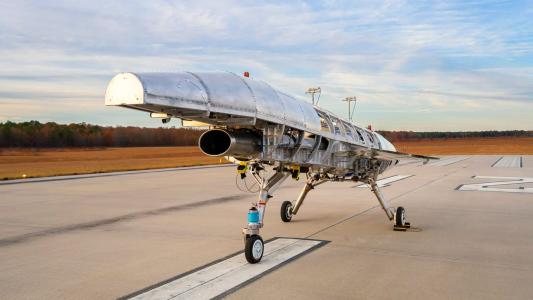This is T-Minus, where we count down the biggest developments in space.
This week, Freethink’s sister site Big Think is diving into the history of the universe, so here at T-Minus, we thought we’d take a look back on the history of space exploration, counting down 10 “firsts” that propelled our investigation of the world beyond Earth to the next level.
Humanity is reaching new heights in space exploration. Make sure you’re part of the journey by subscribing here.

Sputnik 1: The first satellite
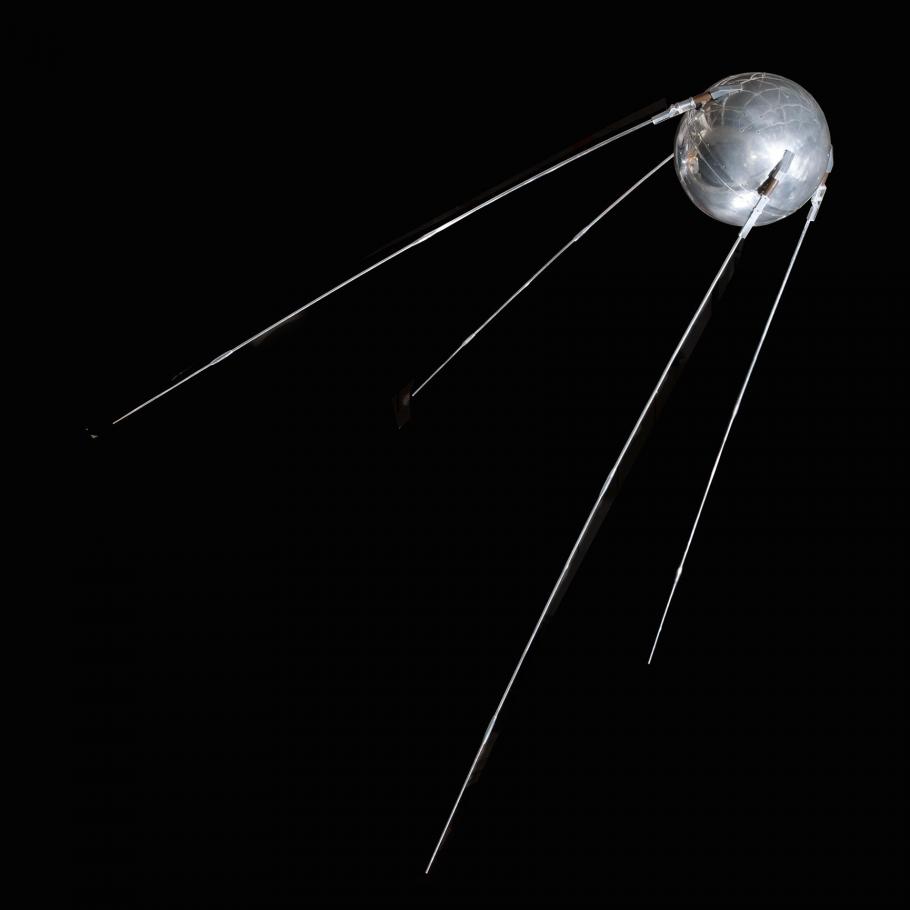
In the 1940s and ‘50s, Germany and the US managed to reach space several times, but on October 4, 1957, the Soviet Union took the world by surprise with the successful launch of Sputnik 1, the world’s first artificial satellite.
Sputnik 1 didn’t look like much — a beach ball-sized metal sphere with four long, thin antennas fastened to it — but it proved it was already possible to place an object into Earth’s orbit and receive radio signals from it.
It also gave the USSR an early lead in the “Space Race” and inspired the US to ramp up its own efforts to explore space, leading to the establishment of NASA in 1958.

Stargazer: The first space telescope
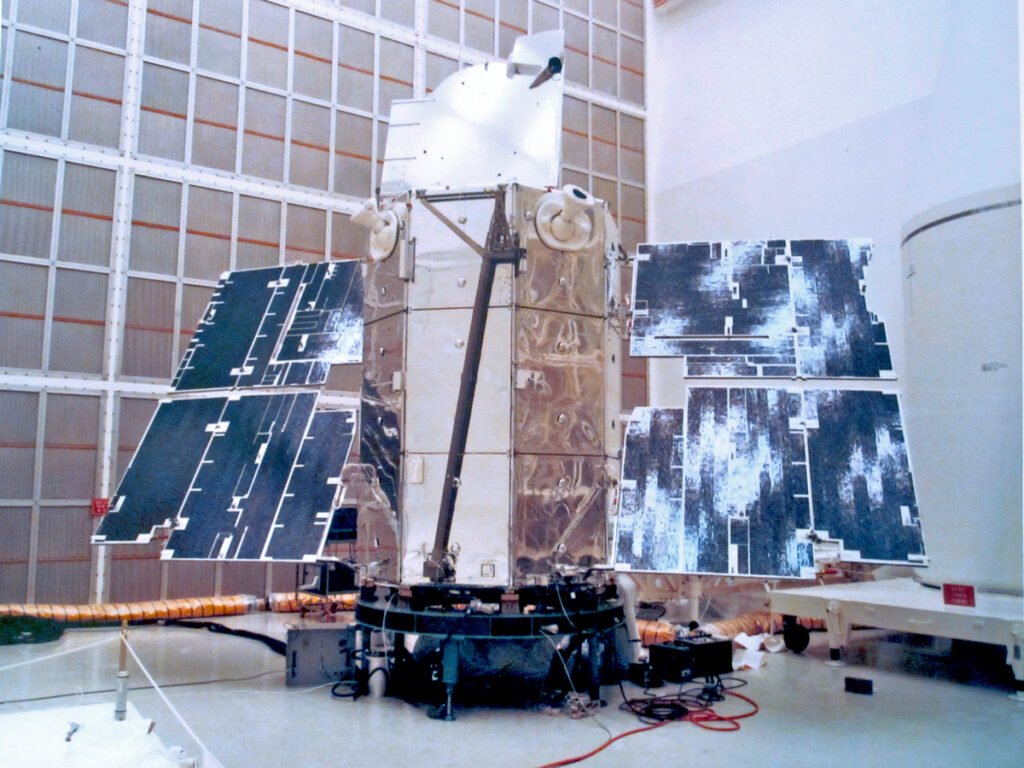
The first telescopes were created in the early 1600s, taking advantage of lenses and mirrors to clearly magnify light from distant objects. It wasn’t until 1968, though, that NASA succeeded in putting the first telescope in space, where it could observe celestial objects without the pesky interference of Earth’s atmosphere.
This first space telescope, the Orbiting Astronomical Observatory 2 (OAO-2), or “Stargazer,” was actually equipped with 11 separate telescopes, all designed to observe ultraviolet wavelengths of light. During its more than four years of operation, it changed what we thought we knew about stars, comets, and more, and insights gleaned from the mission would go on to inform the design of other space telescopes, including the Hubble.

The Space Shuttle: The first reusable spacecraft
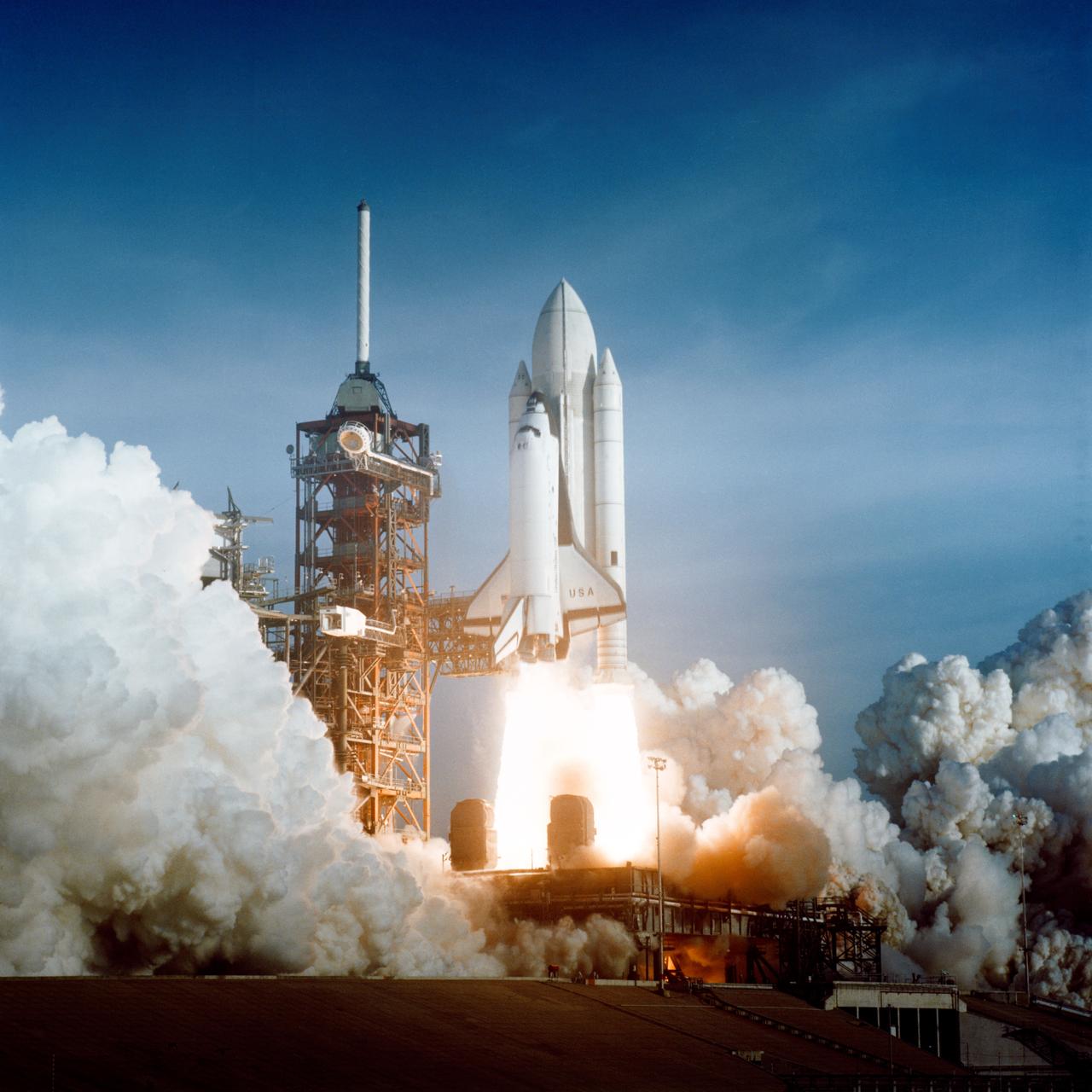
As the Space Race heated up, the US government poured money into NASA — between 1959 and 1965, the agency’s annual budget increased from about $2.3 billion to $34 billion (in 2020 dollars).
As soon as the race to the moon was won, though, the US started looking for ways to cut the cost of space exploration, and in 1972, then-President Richard Nixon directed NASA to build a reusable space transportation vehicle.
NASA complied, and on April 12, 1981, the Space Shuttle lifted off for the first time, earning a place in history as the first reusable crewed spacecraft. Over the next 30 years, it would ferry more than 800 astronauts into orbit and facilitate the construction of the biggest off-world structure in history: the International Space Station.

Salyut 1: The first space station
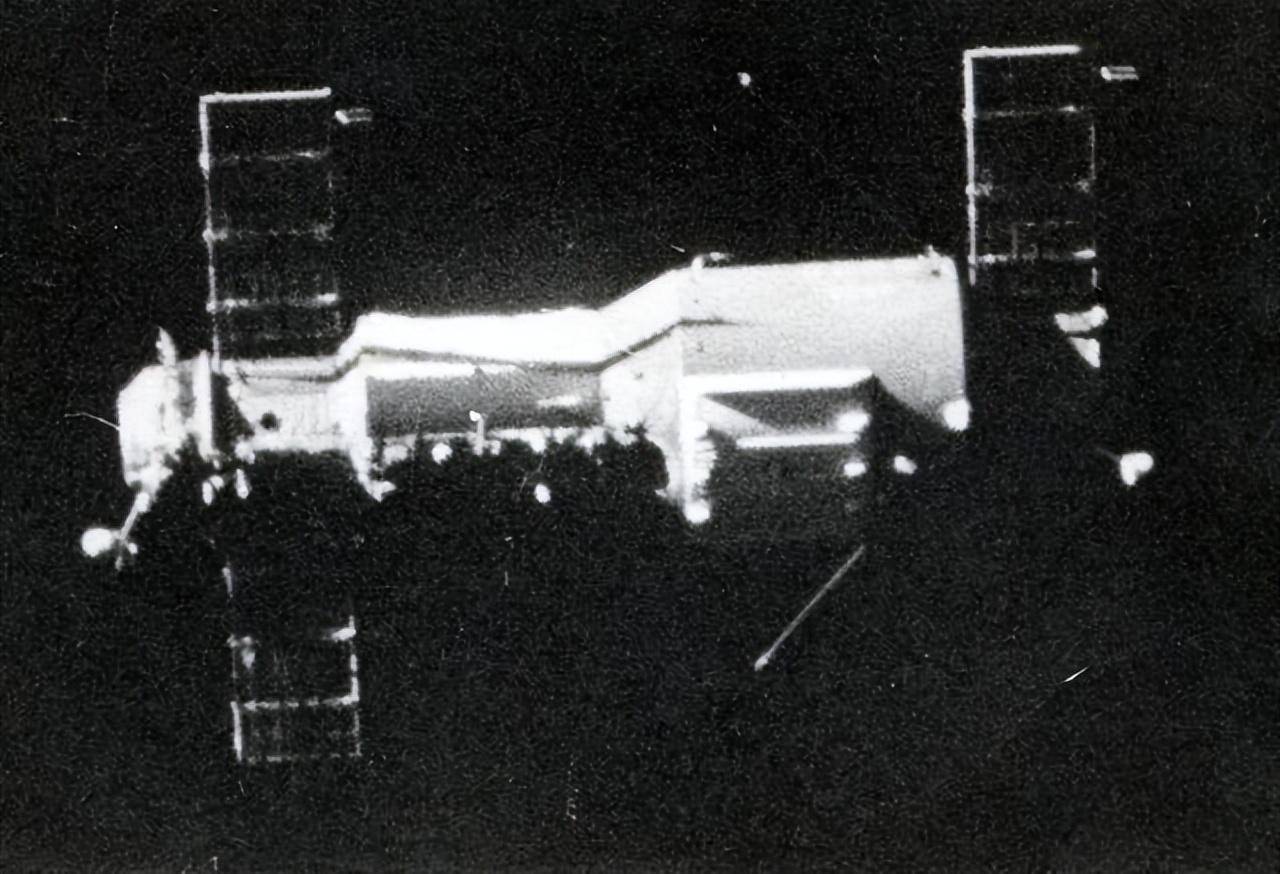
The ISS might earn points for size, but it wasn’t the first space station. That distinction belongs to Salyut 1, which the USSR launched into low-Earth orbit on April 19, 1971.
The first attempt to crew Salyut 1 was aborted due to docking problems, but a second attempt succeeded on June 7, 1971. That three-person crew — Georgy Dobrovolsky, Vladislav Volkov, and Viktor Patsayev — spent 22 days aboard Salyut 1, conducting a variety of experiments, before departing via the same Soyuz spacecraft they’d arrived in.
Unfortunately, that spacecraft depressurized suddenly just prior to reentering Earth’s atmosphere, and the three cosmonauts onboard became the first people to die in space. The USSR wouldn’t successfully crew another Salyut space station until 1974.

Voyager 1: The first spacecraft to leave the solar system
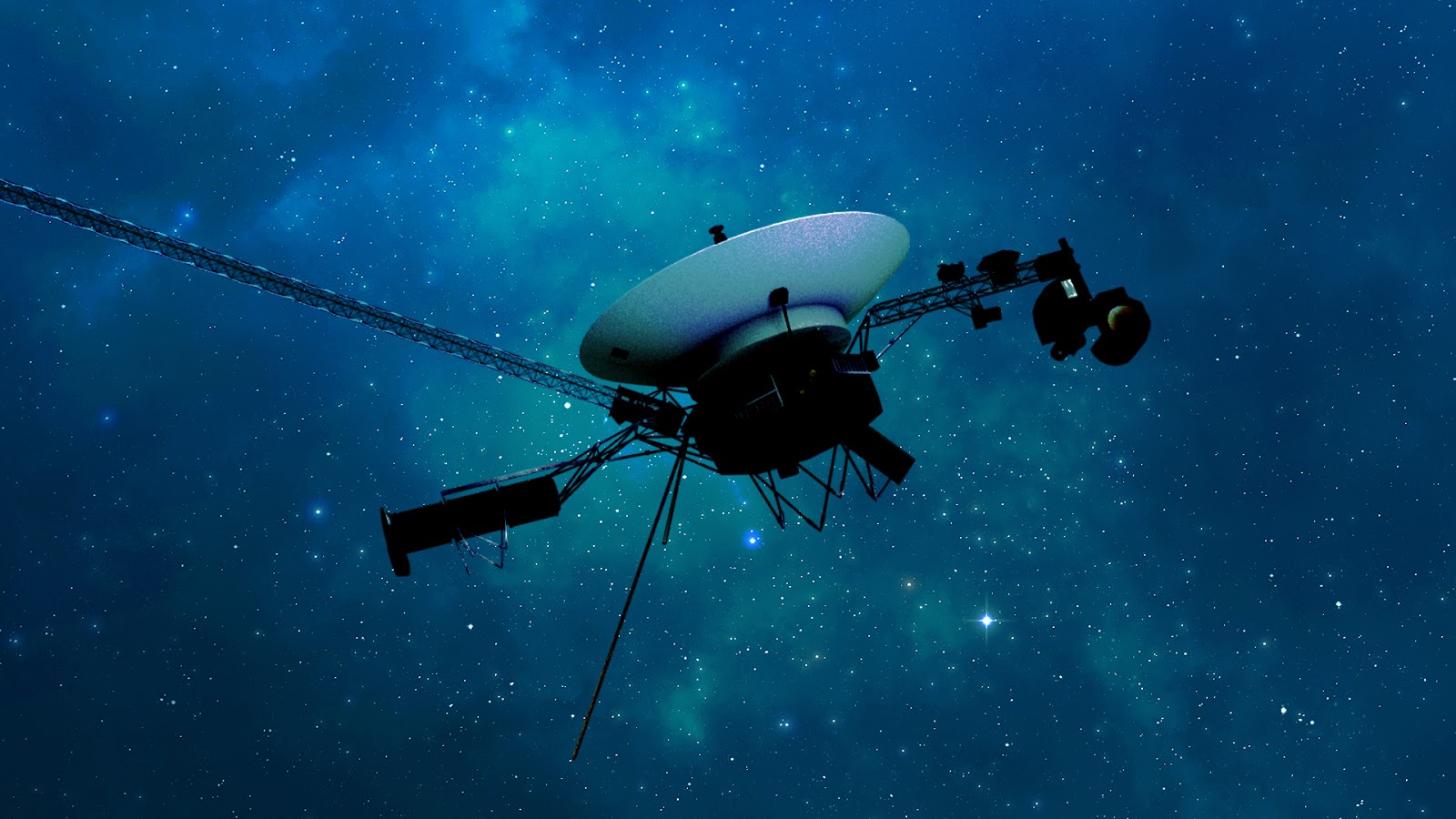
With crewed missions largely on hold during the development of the Space Shuttle, NASA spent much of the 1970s focused on sending uncrewed spacecraft to explore the solar system.
Two such spacecraft, Voyager 1 and Voyager 2, launched in the summer of 1977 to visit Jupiter and Saturn, and when that mission ended, NASA added Neptune and Uranus to the itinerary, making the Voyagers the first spacecraft to visit four planets in a single mission.
The really big first to come out of the Voyager program, though, occurred 35 years after they launched. On August 25, 2012, Voyager 1 traveled beyond the sun’s circle of influence — known as the “heliosphere” — making it the first spacecraft to reach interstellar space.
Voyager 1 continued to send usable data to NASA until November 2023, when it started experiencing an issue with its onboard systems. NASA is working to resolve the problem with the spacecraft, which is now 15 billion miles from Earth, so that it can continue to enhance our understanding of the universe beyond our solar system.

Luna 2: The first spacecraft to reach the moon
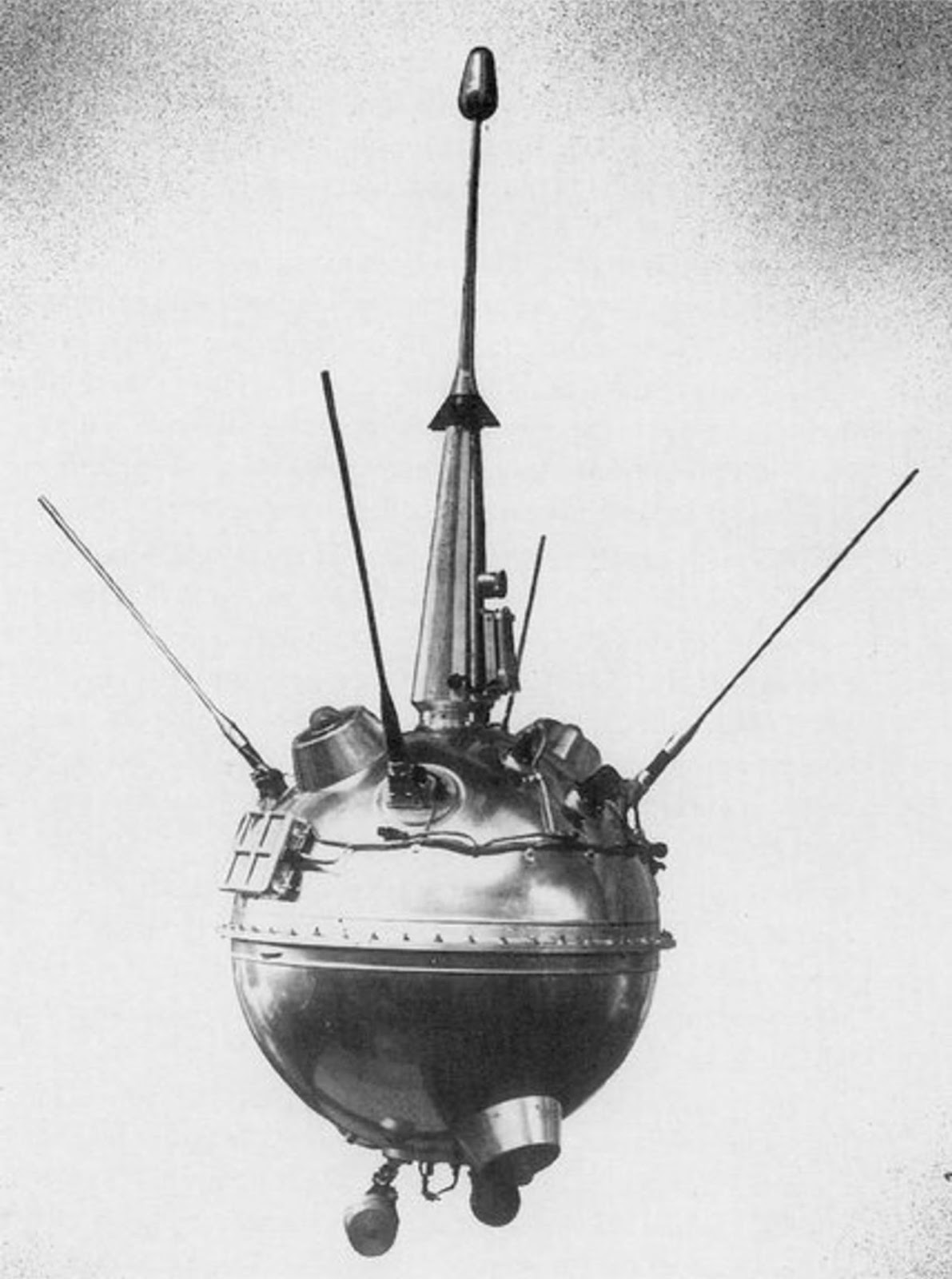
Less than a year after putting the first artificial satellite into Earth’s orbit, the USSR set a new goal: crash something into the moon.
The Soviet plan was to essentially yeet a spacecraft directly at the moon, and between September 1958 and June 1959, it tried and failed five times. Four attempts failed to reach Earth’s orbit, but one, Luna 1, came tantalizingly close, missing the moon by just 4,000 miles.
The sixth time was the charm, with the Luna 2 spacecraft successfully smashing into the lunar surface on September 13, 1959 — becoming the first human-made object to reach a destination beyond Earth and appearing to further the USSR’s early lead in the Space Race.

Viking 1: The first Mars landing
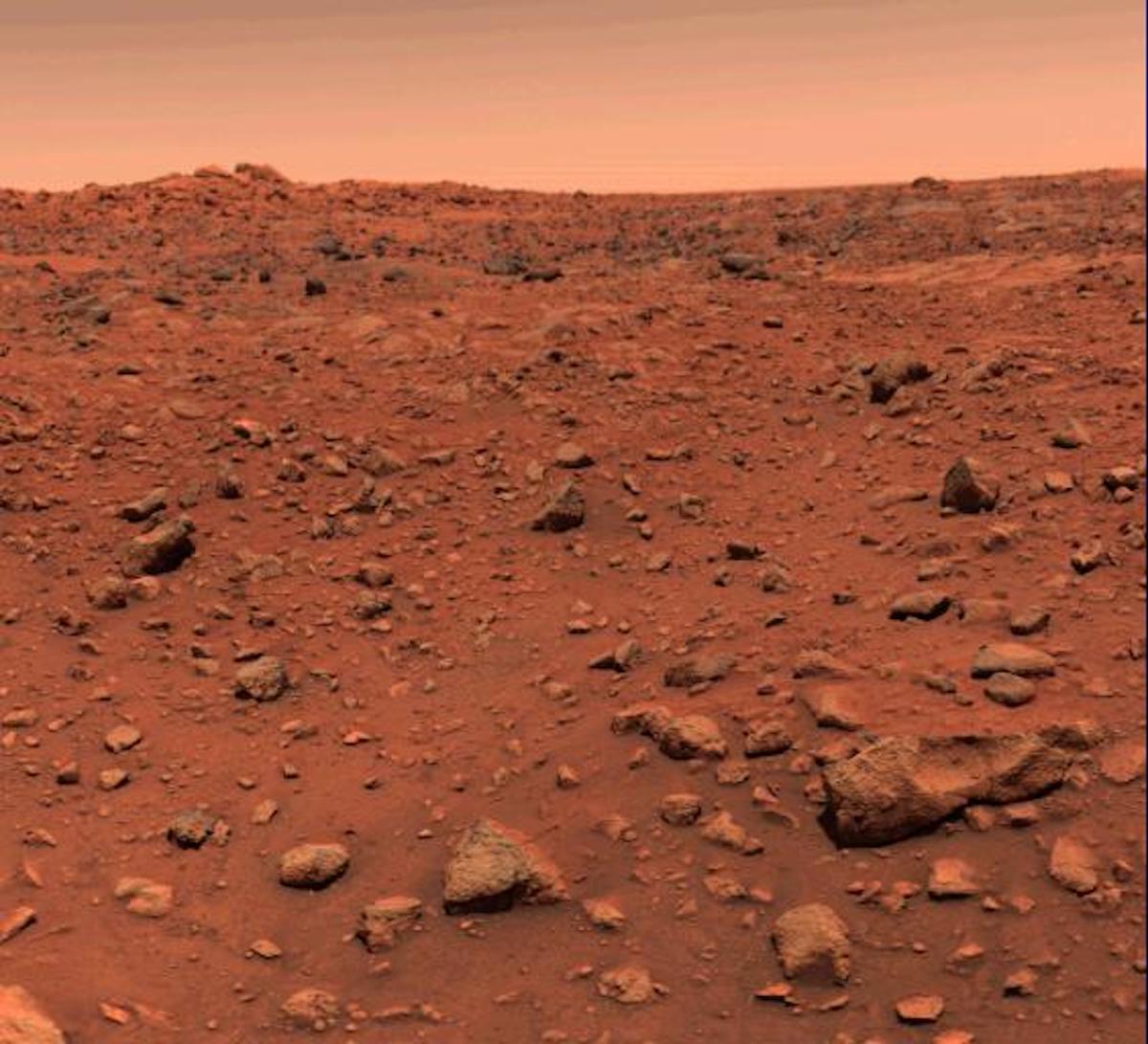
In 1976, NASA made history by landing the first spacecraft on another planet: Mars. It didn’t just slam into the Red Planet, either — it soft landed on the surface and then spent six years collecting valuable data from that vantage point.
The mission kicked off on August 20, 1975, with the launch of Viking 1, a combination Mars orbiter and lander. About a year later, the spacecraft reached Mars’ orbit, and on July 20, 1976, the lander separated from the orbiter to descend to the Martian surface.
The Viking 1 mission was only supposed to last for 90 days, but the lander ended up taking photographs and conducting science experiments for more than six years, while the orbiter continued to collect data for four years — truly revolutionizing our understanding of the Red Planet.

Falcon 9: The first reusable rocket
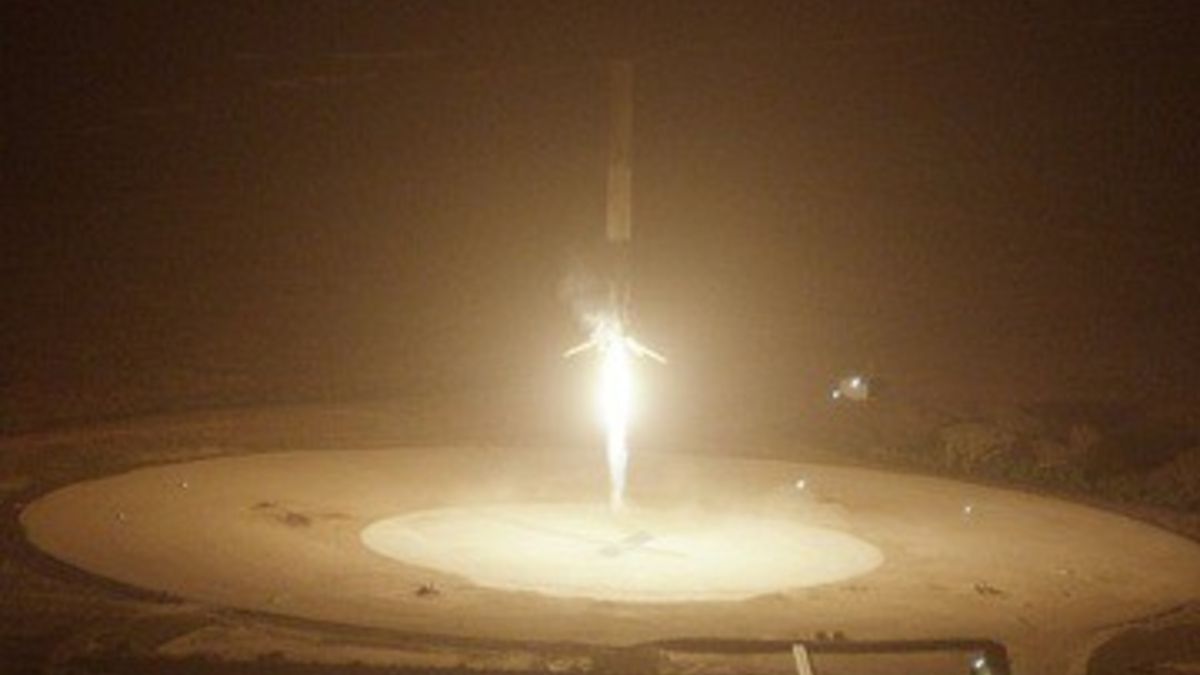
For more than 50 years, if you wanted to send something into space, you needed to sacrifice a rocket to get there, and because rockets aren’t cheap, space was limited to governments, militaries, and few others with deep pockets.
That all changed in 2015, when Elon Musk’s SpaceX launched a Falcon 9 rocket into orbit and then landed its first stage back on Earth. Two years later, the company used a recovered Falcon 9 for a second mission, making it the world’s first reusable rocket.
Since then, SpaceX has reused larger rockets, continually cut the time it takes to refurbish old rockets, and inspired a host of startups and space agencies alike to develop their own reusable rockets — massively driving down the cost of space access and exploration.

Yuri Gagarin & Vostok 1: The first human in space
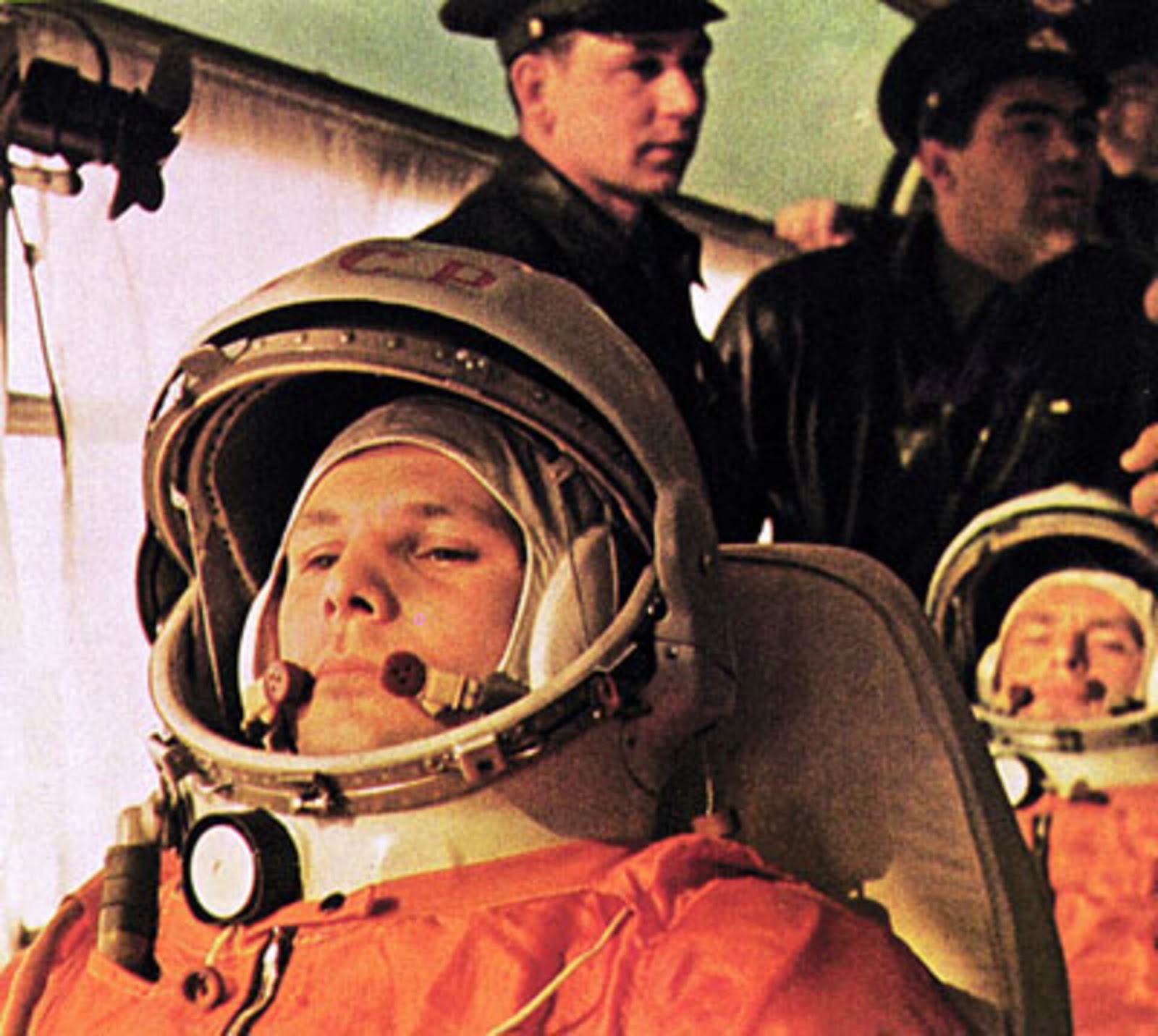
Between 1947 and 1961, the US and USSR sent a variety of animals into space, including fruit flies, mice, dogs, and monkeys, to try to figure out if humans would be able to survive the trip.
Seemingly convinced that the answer was “yes,” the USSR selected Yuri Gagarin, a senior lieutenant in the Soviet Air Forces, to be its first cosmonaut. On April 12, 1961, he lifted off aboard a Vostok spacecraft. Minutes later, he became the first human to reach space.
The flight lasted about an hour and eight minutes and ended with Gagarin ejecting himself from the spacecraft to land via a personal parachute. Gagarin never visited space again, but his historic flight made him one of the most famous people in the world and marked the era of human space exploration.

Neil Armstrong & Apollo 11: The first human on the moon
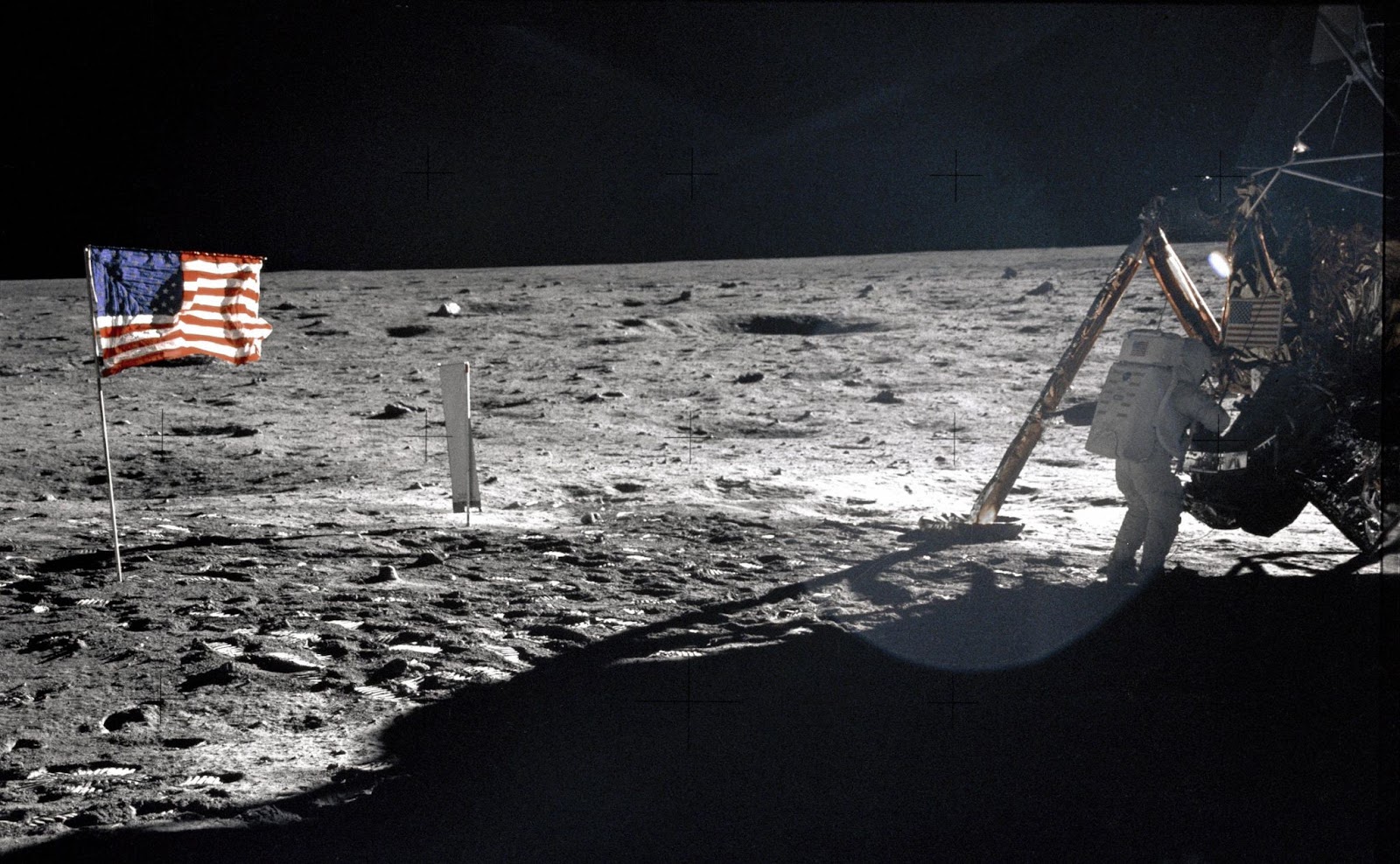
In May 1961, with the USSR seemingly winning the Space Race on all fronts, President John F. Kennedy gave a historic speech to Congress, urging it to support the nation’s space program with the goal of landing a man on the moon before the end of the decade.
“No single space project in this period will be more impressive to mankind, or more important for the long-range exploration of space; and none will be so difficult or expensive to accomplish,” said Kennedy.
At the time of Kennedy’s speech, NASA hadn’t even put an astronaut into orbit yet, but it dedicated itself to the moon mission, and with the clock ticking down, the Apollo 11 spacecraft lifted off from Kennedy Space Center in Florida on July 16, 1969.
Five days later, Commander Neil Armstrong stepped out of its lunar module — becoming the first person to walk on the moon.
Honorable Mentions:
- First woman in space: Valentina Tereshkova & Vostok 6 (1963)
- First spacewalk: Aleksey Leonov & Voskhod 2 (1965)
- First space tourist: Dennis Tito & Soyuz TM-32 (2001)
- First dog in orbit: Laika & Sputnik 2 (1957)
- First rover on another planet: Sojourner & Mars Pathfinder (1997)
We’d love to hear from you! If you have a comment about this article or if you have a tip for a future Freethink story, please email us at [email protected].





